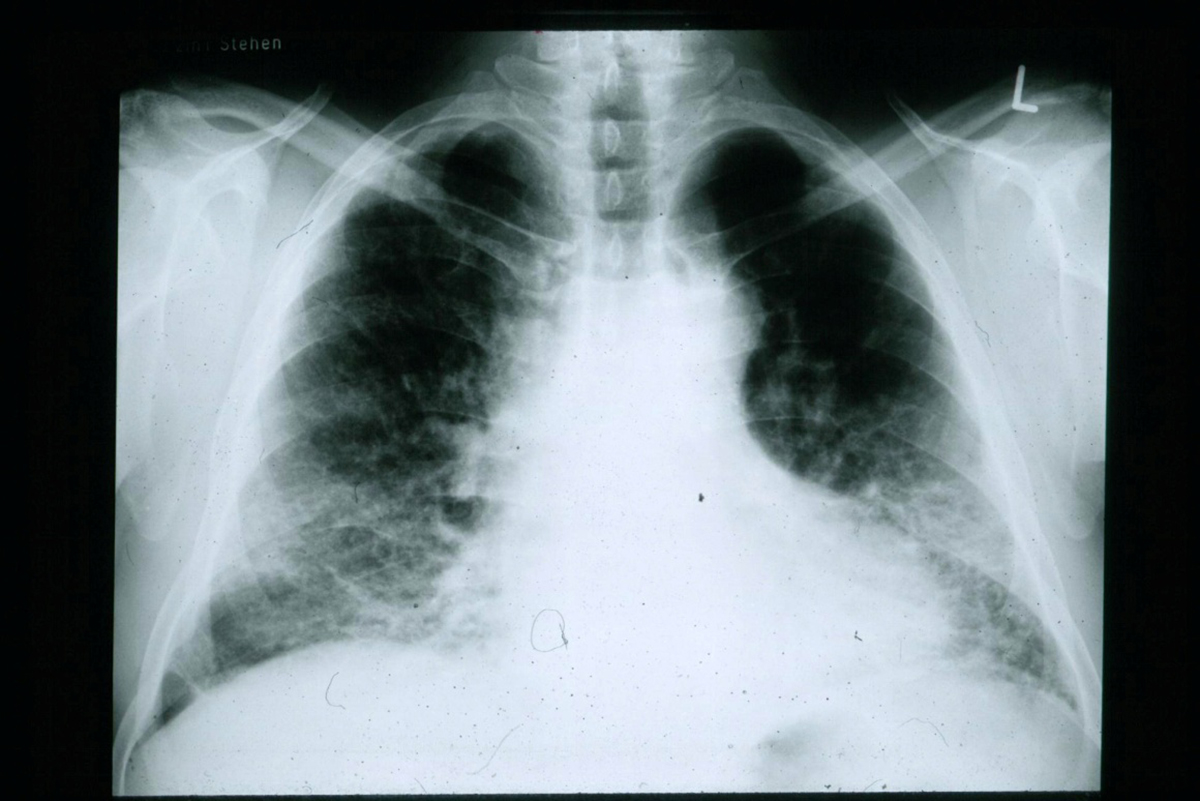Table of Contents
Most people are familiar with certain lung diseases, such as asthma and bronchitis. But there are many other types of lung disorders, which you may not have heard about. In some cases, symptoms can be similar, which can make diagnosing the condition a challenge.
Understanding Pulmonary Fibrosis
Pulmonary fibrosis is a medical condition, which occurs when the lungs become damaged and develop scar tissue. Scar tissue makes the lungs stiff, which prevents normal expansion. The result is impaired exchange in the lungs.

Inadequate amounts of oxygen reach the tissues of the body. In addition, carbon dioxide cannot be fully exhaled and released from the body. The lack of oxygen and the buildup of carbon dioxide can cause a variety of symptoms.
The cause of pulmonary fibrosis sometimes not be pinpointed. But in other instances, the condition is caused by damage to the lung tissue due to exposure to environmental toxins. Radiation therapy to the lungs or breast to treat cancer can also lead to scar tissue and pulmonary fibrosis. Certain infections, such as pneumonia, tuberculosis and lupus can also cause lung damage and scarring.
Symptoms of pulmonary fibrosis often include shortness of breath, cough and fatigue.
Muscle aches and weight loss are also common. Unfortunately, once scarring on the lungs has developed, it tends to be permanent. Lung damage cannot be repaired. But treatment is available, which can reduce symptoms.
Treatment for pulmonary fibrosis depends on the severity of symptoms. In many cases, treatment may include medication including steroids to reduce inflammation in the airways. Oxygen therapy is also often needed, especially as the condition progresses.
Guide To Pulmonary Hypertension
When you think of hypertension, you may think of high blood pressure. But your body has two circulation systems including the systemic and pulmonary. Systemic circulation delivers oxygen to the body. The pulmonary circulation system receives oxygen from the lungs. Normally high blood pressure or hypertension refers to the force or pressure involving systemic circulation.
As a result of the increased pressure in the arteries, they become constricted, which decreases normal blood flow. In turn, the heart has to work harder to pump blood through the arteries. Over time, if the condition is not treated properly, the increased demand on the heart can lead to heart failure.
Sometimes the cause of pulmonary hypertension is not clear. In other instances, it can develop due to other medical conditions, such as congenital heart defects, chronic liver disease and chronic obstructive pulmonary disease.
Symptoms are not always noticeable in the early stages of the disease. In some instances, symptoms may develop slowly over time. Symptoms can include dizzy spells, shortness of breath and fatigue. Additional symptoms, which can develop include chest pain and swelling of the ankles.
See Also: Are You A Candidate For Lung Cancer Screening?
Treatment for pulmonary hypertension often includes medication to dilate the blood vessels and allow blood to flow easier. Blood thinners, which prevent clots may also be prescribed. Some people also need supplemental oxygen. In more severe cases, various surgical interventions may be recommended.
- www.lung.org/lung-disease/pulmonary-fibrosis/understanding-pulmonary.html
- www.phassociation.org/AboutPH
- www.heart.org/HEARTORG/Conditions/HighBloodPressure/AboutHighBloodPressure/What-is-Pulmonary-Hypertension_UCM_301792_Article.jsp
- www.nhlbi.nih.gov/health/health-topics/topics/sarc/signs
- By IPFeditor (Own work) [CC BY-SA 3.0 (http://creativecommons.org/licenses/by-sa/3.0)], via Wikimedia Commons
- Photo courtesy of Justinpickard via Flickr: www.flickr.com/photos/31290193@N06/5621137107

